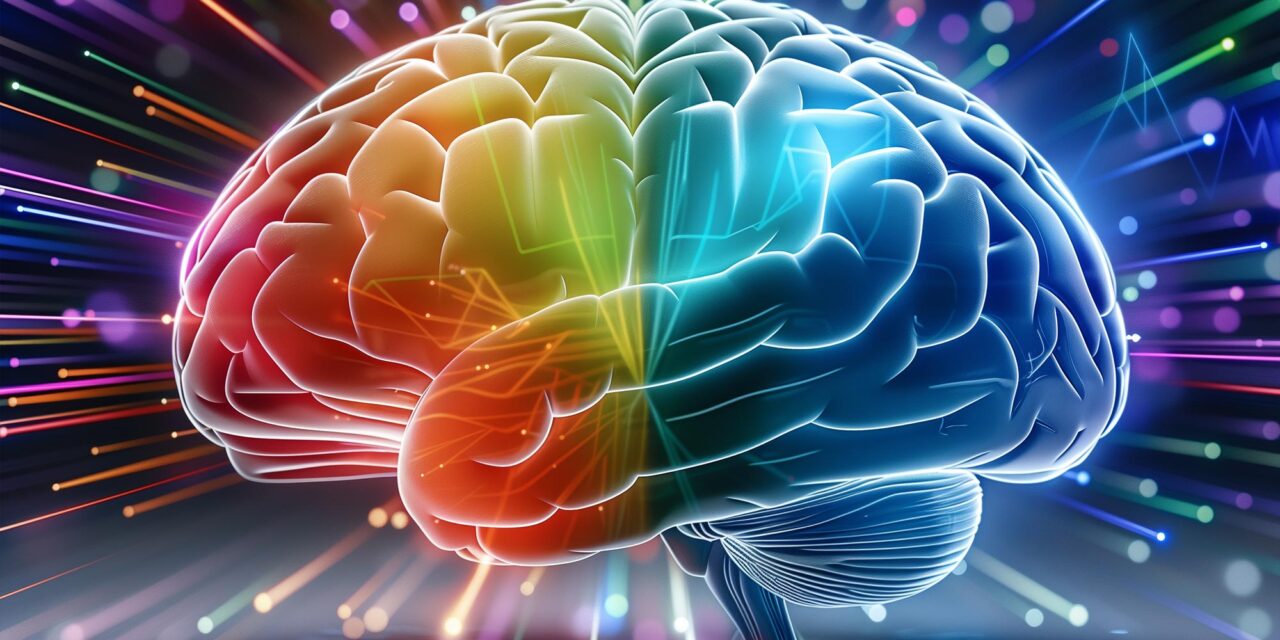September 24, 2024
The human brain, a marvel of biological adaptation, continues to surprise researchers with its complex processes. A recent study from the University of California, Santa Barbara (UCSB) has shed light on how men’s brains change throughout the day, revealing fascinating insights into cognitive functioning and hormonal influences.
Daily Fluctuations in Brain Structure
In an unprecedented examination, researchers closely monitored the brain of a 26-year-old man over 30 consecutive days. The study discovered that the male brain exhibits a pulsating rhythm, characterized by a noticeable decrease in overall volume and cortical thickness by 8 p.m. This nightly shrinkage appears to be temporary, with the brain resetting overnight.
Hormonal Influence
These daily variations are linked to the fluctuating levels of three key steroid hormones: testosterone, cortisol, and estradiol. While one might assume that this phenomenon is exclusive to men, the study’s co-author, Laura Pritschet, a postdoctoral scholar at the University of Pennsylvania Perelman School of Medicine, emphasizes that women experience similar hormonal fluctuations. However, the menstrual cycle can obscure these changes due to its longer-term hormonal shifts.
Impact on Grey Matter
The researchers also observed alterations in the volume of grey matter, a critical component responsible for various mental functions, emotions, and movements. As evening approaches, the average grey matter volume decreases by approximately 0.6%. Notably, the occipital and parietal cortices—regions involved in sensory and visual processing—exhibited the most significant shrinkage, adding intriguing detail to this phenomenon.
Broader Brain Changes
The study highlights not only the cortical changes but also fluctuations in deeper brain structures such as the cerebellum, brainstem, and parts of the hippocampus, which play vital roles in movement coordination, information relay, and memory storage. These alterations suggest that daily brain changes could impact a multitude of cognitive functions.
The Role of Steroid Hormones
Despite the compelling evidence, the researchers caution that it is unclear whether steroid hormones directly trigger these structural changes. Elle Murata, a doctoral student at UCSB and co-author of the study, believes hormones likely play a role but acknowledges that definitive conclusions cannot yet be drawn.
Pavel Shapturenka, whose brain was scanned for the study, expressed that the findings challenge the stereotype that hormonal fluctuations are relevant only to females. “This research highlights the variability in men’s endocrine systems,” he noted.
Circadian Rhythms and Cognitive Functioning
The interplay between the brain’s physiological changes and the body’s circadian rhythms represents a significant area of exploration within neuroscience. The circadian clock regulates various bodily functions, ensuring that physiological processes align with the 24-hour day-night cycle. The observed shrinkage and expansion of brain structures may be intricately linked to these rhythms, indicating that the brain is finely tuned to external time cues.
Understanding this synchronization could lead to insights on optimizing mental and physical health by aligning daily routines with natural rhythms, potentially influencing cognitive performance, alertness, and mood.
Implications for Health and Well-Being
The study’s findings have important implications for mental health and cognitive disorders. Recognizing how hormonal fluctuations and brain volume changes affect mood may facilitate early diagnosis and intervention for conditions like depression or anxiety. Furthermore, the insights gained could pave the way for personalized medicine approaches, tailoring treatments to individual hormonal and brain pattern profiles.
Future Research Directions
Future research may explore how lifestyle factors such as diet, exercise, and sleep can impact daily brain changes. While these findings are compelling, they are based on monitoring a single individual, and broader studies are necessary to represent the general population. Researchers plan to further investigate the influence of sleep variances on brain dynamics.
The study is published in The Journal of Neuroscience, offering a glimpse into the complex relationship between our brain’s daily rhythms and overall well-being.











